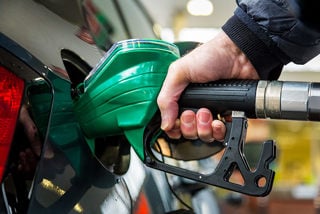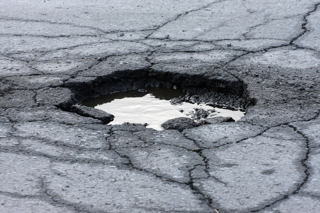Despite the obvious dangers of floodwater to car and, at worst life, one in 20 motorists (5%) admit to having driven through floods only to have their vehicles grind to a halt, new research suggests.
While the vast majority of those (63%) were lucky to get away without suffering major damage once the vehicle had dried out, 20% said their cars needed repairing, and 7% said the situation was irretrievable and led to the vehicle being written off by their insurance company.
One in five (19%) admitted to having to abandon their broken-down vehicles in the floodwater and 69% of those had no choice but wade out, 6% however, had to be rescued by someone else.
The RAC Opinion Panel survey of more than 2,228 motorists also found that one in five (18%) confessed to having started to drive through a flood and then wished they hadn’t.
Three-quarters of those (74%) then said they just ploughed on through while a more cautious 13% said they decided to reverse out, and an unlucky 13% ended up getting stuck.
Despite the numbers who have either had their vehicle stop working as a result of driving into floodwater, the biggest risks appear to be very well understood with two-thirds of motorists (66%) correctly identifying water being sucked into the engine as the greatest danger – an issue that can very easily cause catastrophic damage and lead to a vehicle being written off.
Three in 10 (29%), however, felt the biggest risk was was the electrical system becoming saturated.
The majority of drivers polled by the RAC were relatively careful with their decisions when encountering floodwater of unknown depths.
A third (35%) said they would turn around and go another way, 31% would watch to see if other vehicles made it through before they decided to and 29% would try to gauge how deep the water was and decide whether to go through or turn around.
In terms of the depth of floodwater motorists are prepared to drive through, most (62%) would not risk anything above six inches (15cm) up their tyres.
A braver 28% said they would be happy to go through any water up to the bottom of their car doors – this, of course, could prove fatal for a vehicle as it is at the height of most exhaust pipes. And depending on the circumstances it could also present a danger to both drivers and passengers.
RAC spokesman Simon Williams said: “The consequences of water being sucked into a car’s engine are usually catastrophic, leading the vehicle being deemed an insurance write-off.
“Any decision to drive through floodwater must be extremely calculated as motorists could very easily end up paying dearly for one bad decision. Caution is definitely the best option.
“If there’s any element of doubt about whether the water is shallow enough to drive through, then the sensible thing to do is to turn around and go another way. Sometimes though the pressure of being ‘on time’ is too great and causes people to take risks they really should not.”




















Login to comment
Comments
No comments have been made yet.